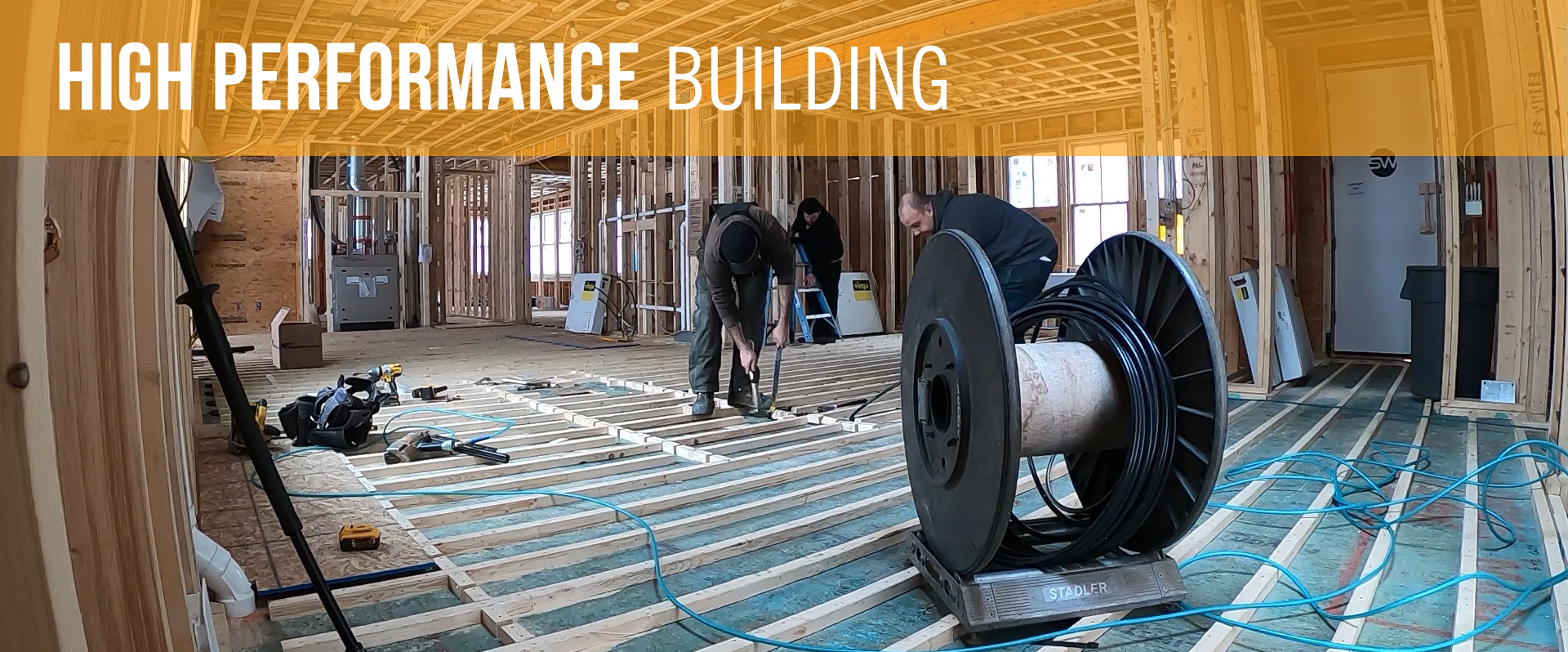HIGH PERFORMANCE BUILDING | Issue 1 – March 1, 2021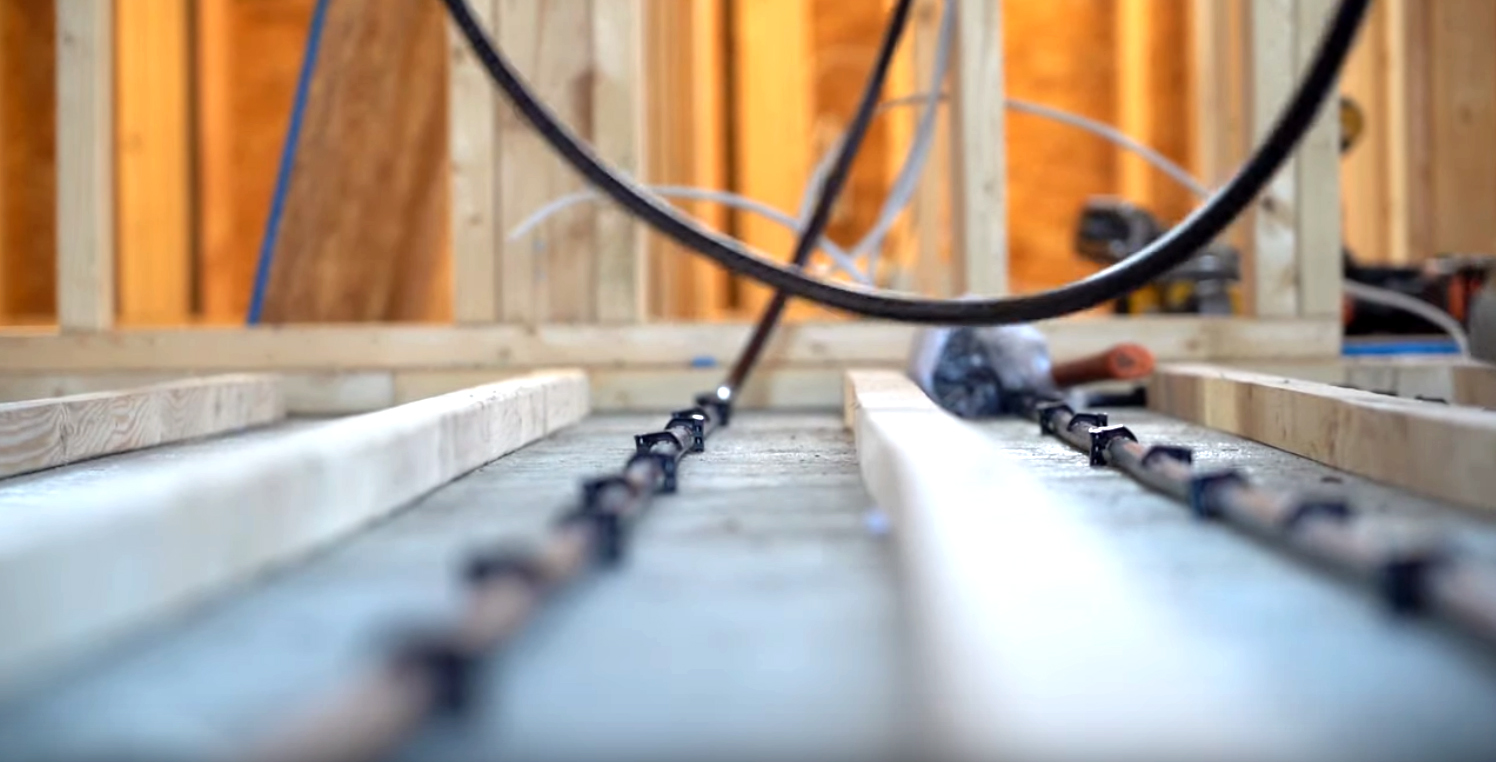
Welcome to Issue 1 of the “High Performance Building” blog. I hope you’ll become a regular reader, and feel free to comment and ask questions. Each new issue will appear as a link in our Facebook and Instagram feeds. Building is more than a business to me – it’s a personal commitment to craftsmanship. I’m excited to have this new platform, to share how our team thinks about construction challenges and to highlight the best-practices we’ve developed over the past three decades.
The science of comfortable heating
Heat is just heat, right? Not quite. There are several ways to heat a home, and the systems keep evolving. Let’s talk about the few leading types of home heating and how they compare.
First, there is convection heating, whic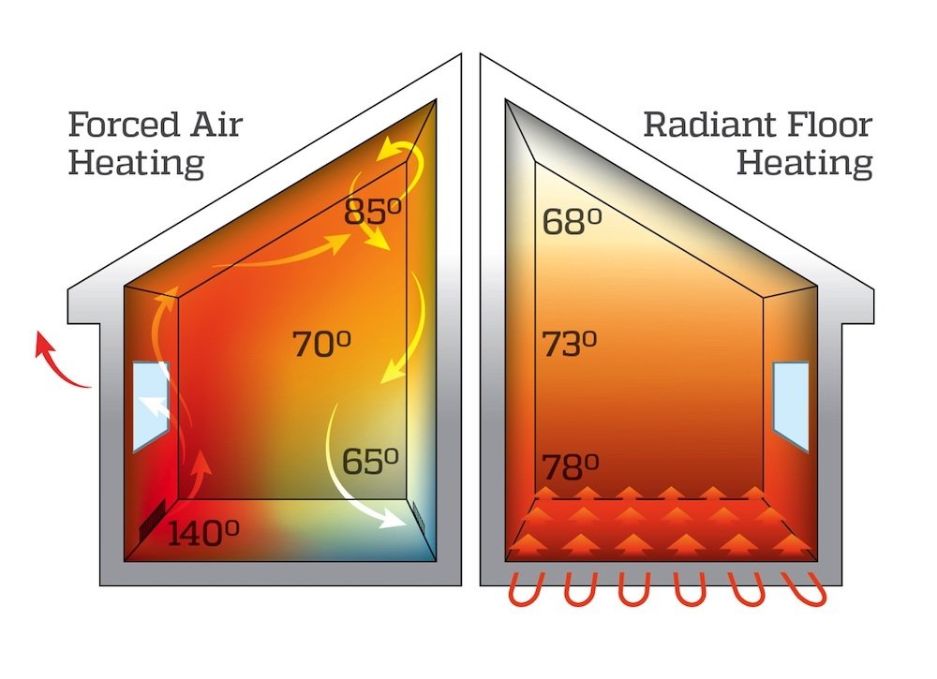 h works by warming the air. Forced hot air is pushed through ductwork and exits into the room from a vent. The heated air is most noticeable near the vent, but it cools as it moves away from the vent and begins circulating toward the return duct. Hot water baseboard heating is another form of convection heating. Heated water travels around the house within the baseboard pipes, transferring heat to aluminum fins which heat the surrounding air. The heat is concentrated along the walls, following the path of the baseboards. As the heat rises toward the ceiling, it creates cooler areas near the floor, and you may notice cold spots toward the center of larger rooms.
h works by warming the air. Forced hot air is pushed through ductwork and exits into the room from a vent. The heated air is most noticeable near the vent, but it cools as it moves away from the vent and begins circulating toward the return duct. Hot water baseboard heating is another form of convection heating. Heated water travels around the house within the baseboard pipes, transferring heat to aluminum fins which heat the surrounding air. The heat is concentrated along the walls, following the path of the baseboards. As the heat rises toward the ceiling, it creates cooler areas near the floor, and you may notice cold spots toward the center of larger rooms.
Is there a better way? Radiant floor heating offers some important advantages over traditional, convection heating. Rather than heating the air at the outskirts of the room, this system works by transferring heat directly into the floor surface. The heat radiates upward from the floor, giving a feeling of consistent warmth, even in the largest rooms. By heating the room from the bottom up, you are heating the space where you live – rather than heating the air way up toward the ceiling.
Two types of radiant floor heating
New custom homes or remodels are great candidates for radiant floor heating. Since new floors will be installed, this is the ideal time to add the system below the floor. Homeowners have a choice of electric or hydronic radiant floor heating. The electric option uses electrically heated pads below the flooring surface, often use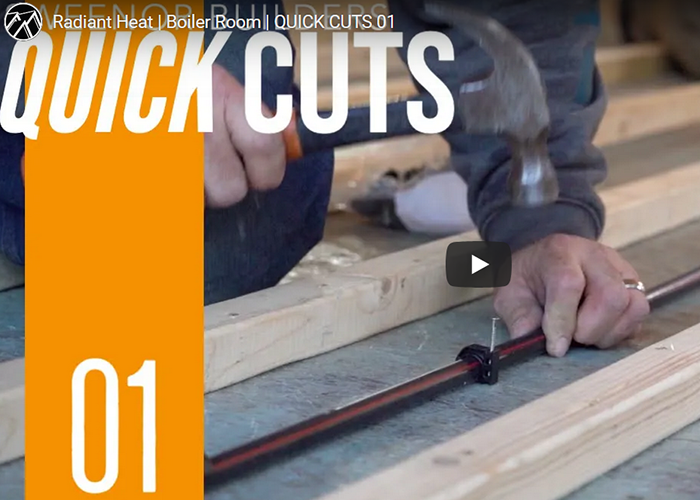 d under bathroom floor tiling for example. This generates limited heat and is best used to heat a floor rather than a large interior space. Hydronic heating is more powerful and can be used as the primary heating system for the entire home. The hydronic system works by circulating hot water in narrow pipes that lie just below the floor’s surface. Many of Sweenor Builders finest custom home builds have used this approach.
d under bathroom floor tiling for example. This generates limited heat and is best used to heat a floor rather than a large interior space. Hydronic heating is more powerful and can be used as the primary heating system for the entire home. The hydronic system works by circulating hot water in narrow pipes that lie just below the floor’s surface. Many of Sweenor Builders finest custom home builds have used this approach.
How we do it
Getting the best results from hydronic radiant floor heating depends on proper materials and techniques. We’ve learned a lot by installing these systems in dozens of custom homes. In most cases, we begin with the subfloor, then connect the pex tubing directly to the underlayment in a serpentine path 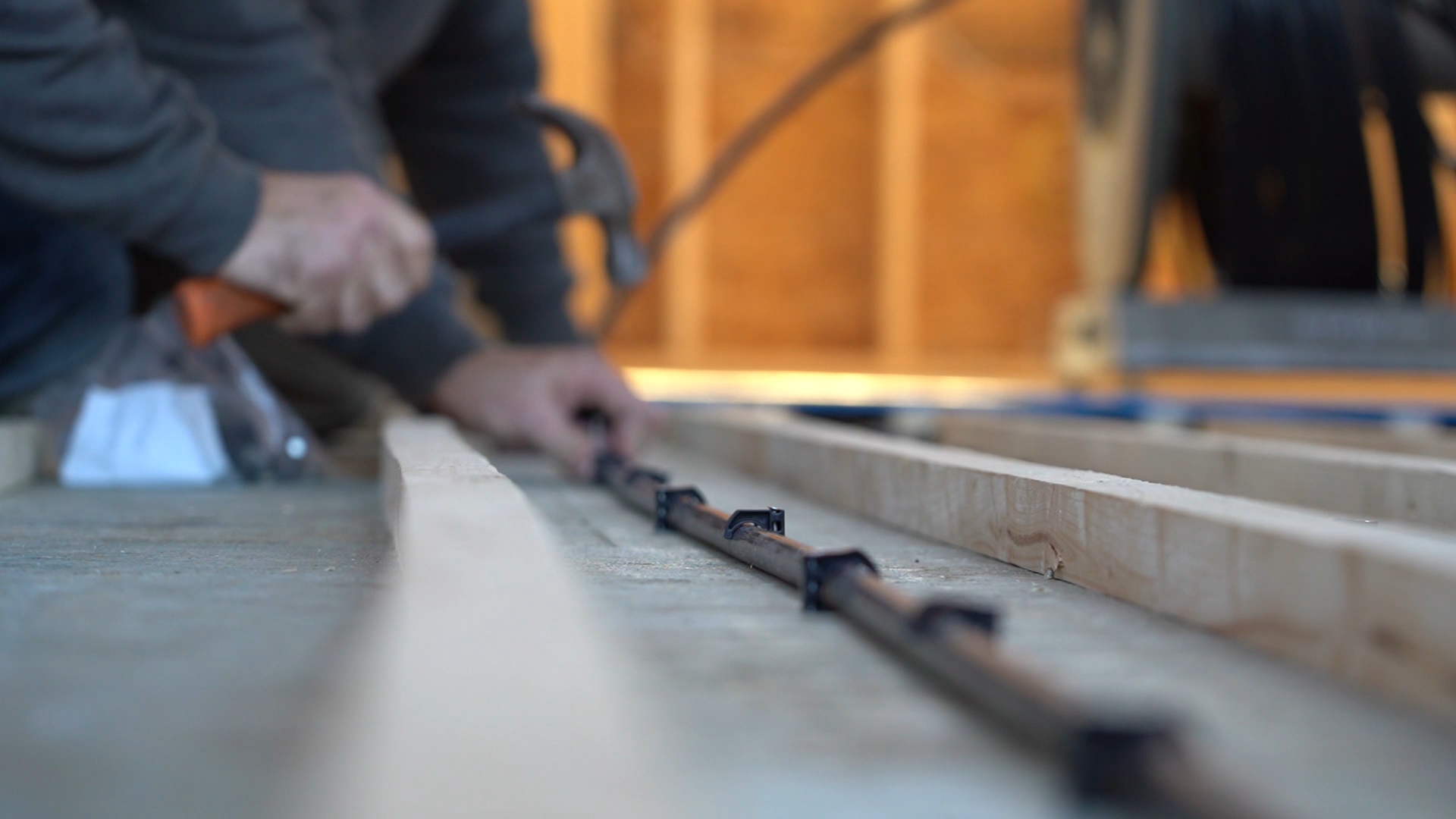 that spans the entire subfloor area. Wooden 1.5” sleepers run between the tubes and then the void is filled with concrete. The concrete acts as a very conductive medium as the hot water tubing heats the entire mass of concrete. The wooden sleepers serves a dual purpose: they enable us to screed the concrete flat and level and will later serve as nailers for the hardwood floor. Finally, flooring material is added above the sleepers to enclose the system. Any flooring material is suitable, including hardwood, tile, stone, carpet or engineered materials. This video was shot onsite during a recent radiant floor heating installation.
that spans the entire subfloor area. Wooden 1.5” sleepers run between the tubes and then the void is filled with concrete. The concrete acts as a very conductive medium as the hot water tubing heats the entire mass of concrete. The wooden sleepers serves a dual purpose: they enable us to screed the concrete flat and level and will later serve as nailers for the hardwood floor. Finally, flooring material is added above the sleepers to enclose the system. Any flooring material is suitable, including hardwood, tile, stone, carpet or engineered materials. This video was shot onsite during a recent radiant floor heating installation.
Aesthetic and functional advantages
Even though the initial cost of radiant floor heating is higher than traditional heating, it’s often a smart investment that boosts your home value. Here are a few reasons it’s popular with our clients:
Uniform heating
The heating pattern is more uniform throughout the living space. The lower half of the room is heated first, so you feel the warmth more directly. Cold spots and chilly floors are eliminated.
Lower energy costs
Hydronic radiant floor heating can be up to 25 percent more energy efficient when compared to forced hot air or baseboard hot water heating systems. In most home heating systems, the water in the tank is heated to 160 degrees Fahrenheit to maintain comfortable living temperatures. With a radiant floor heating system, the water below the floor can stay at about 84 degrees Fahrenheit. And unlike forced hot air, there is no heat leakage due to ductwork.
Silent operation, no maintenance
Radiant floor heating does away with the hot water pipe knocks and the frequent sound of the furnace clicking on and off. With all the pipes below the floor, there nothing to maintain, no baseboard or air ducts to clean.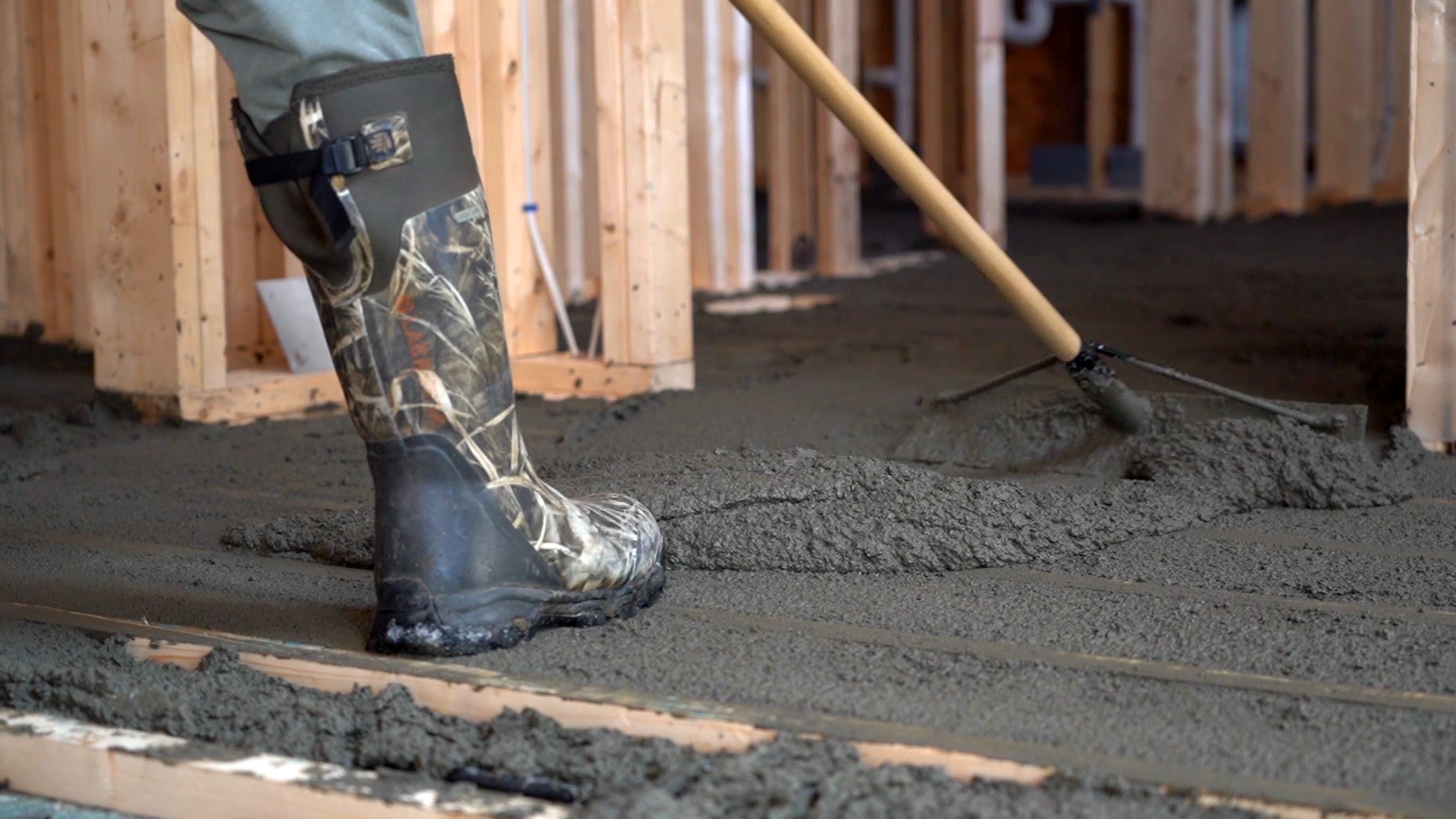
Breathe easy
Hydronic floor heating doesn’t generate much air movement, so there’s less chance of circulating dust and allergens through the house.
More design freedom
This approach frees up your living space and lets you place your furniture anywhere, with no interference from baseboard heaters or air vents. You can locate art, windows, or doorways on any wall, without having to design your way around the heating system.
The heating system is big consideration for your custom home or any major remodeling project. Want to know more? I’m always glad to see your questions on our Facebook, YouTube and Instagram pages.
Jeff
Grow Your Knowledge
See our team in action…


